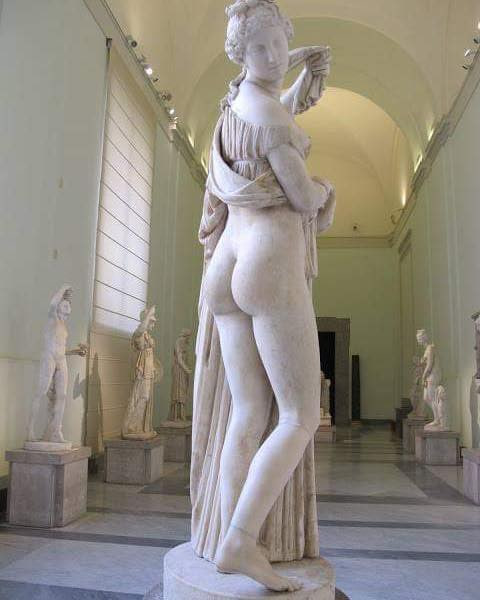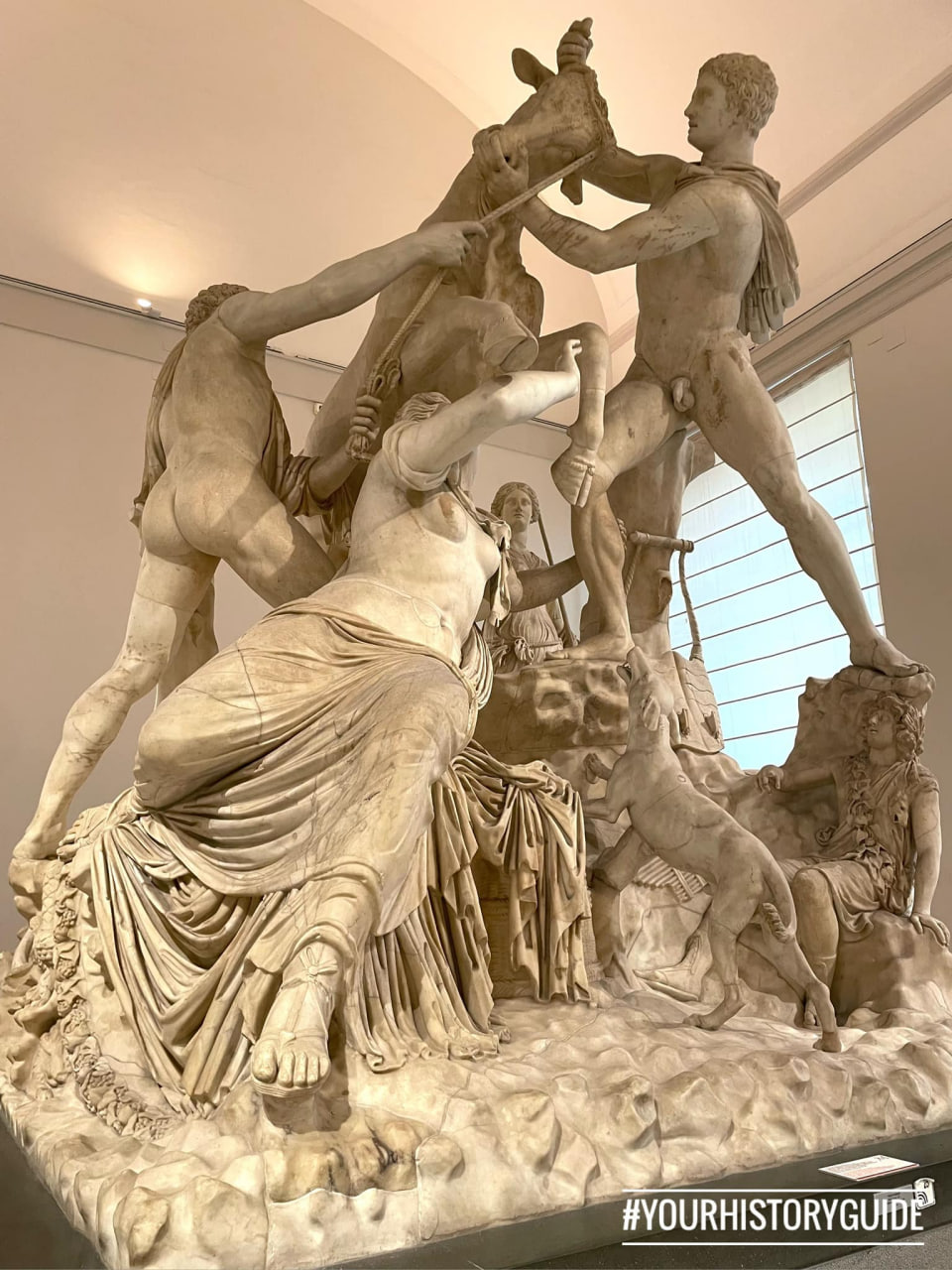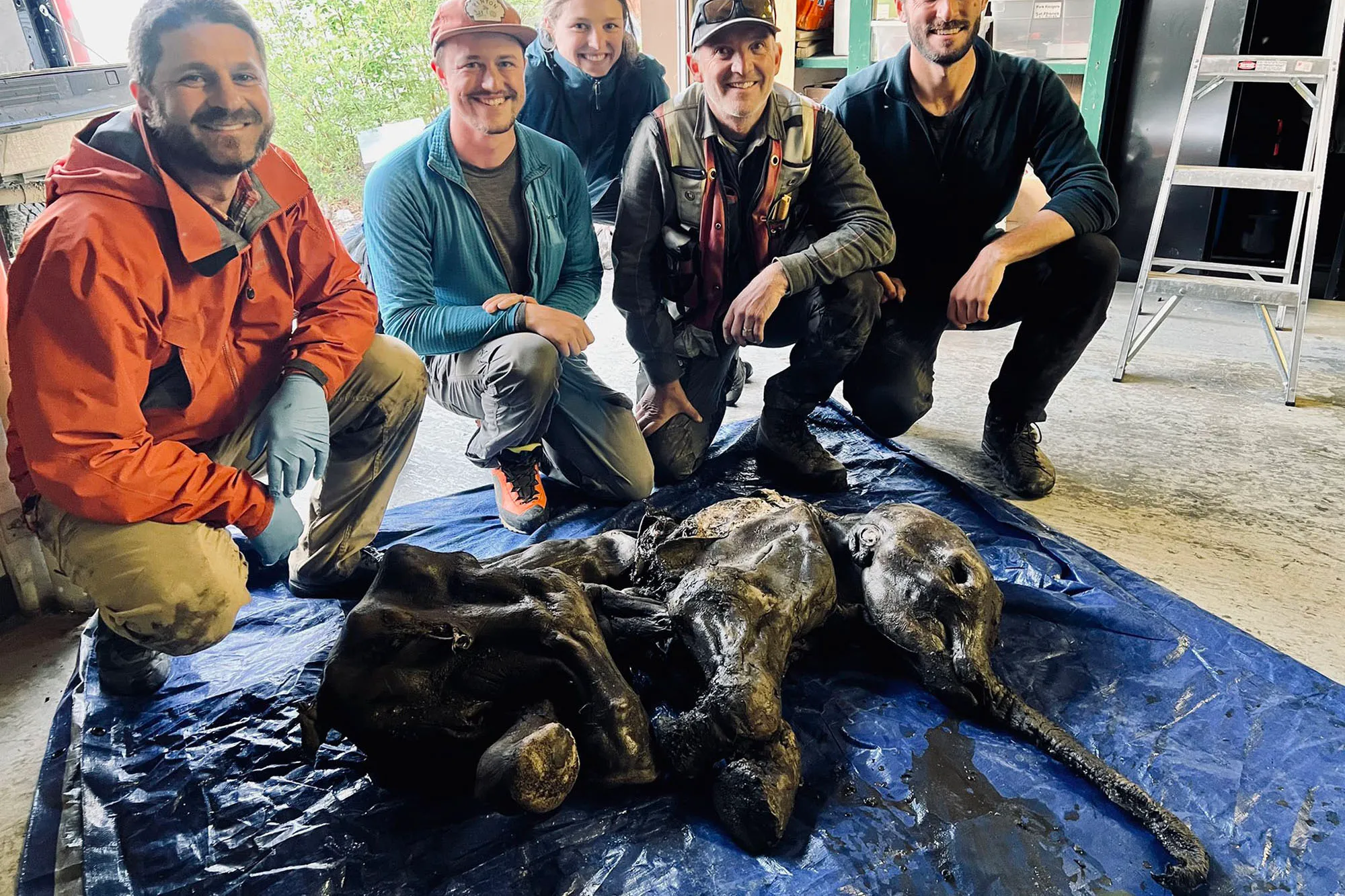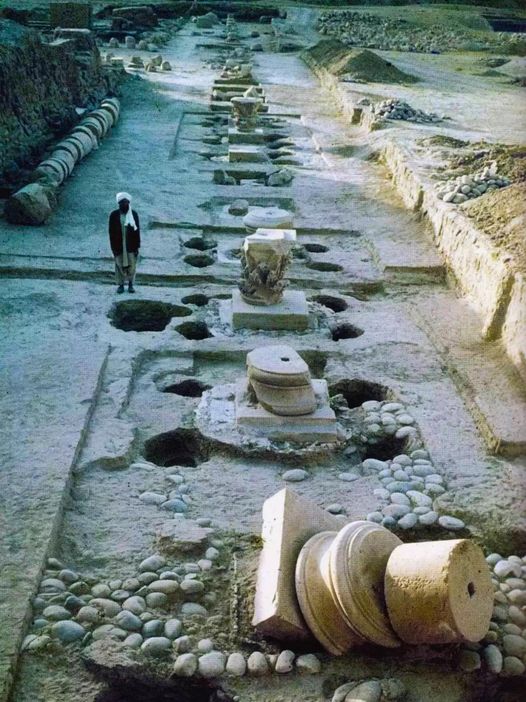Nestled amidst the mist-shrouded peaks of the Andes Mountains in Peru lies one of the world's most iconic archaeological wonders: Machu Picchu. This ancient Inca citadel, perched on a dramatic ridge above the Urubamba River Valley, continues to captivate the imagination of travelers and historians alike. Its enigmatic ruins, breathtaking vistas, and rich cultural heritage make it a UNESCO World Heritage Site and a bucket-list destination for adventurers seeking to unravel the mysteries of the past.

The Lost City of the Incas:
Machu Picchu, often dubbed the "Lost City of the Incas," was constructed by the Inca Empire in the 15th century at the height of its power. Believed to have been built as a royal estate for the Inca emperor Pachacuti, this remarkable archaeological site served as a spiritual sanctuary, administrative center, and astronomical observatory. Its remote location and strategic positioning amidst the rugged Andean landscape underscore the ingenuity and engineering prowess of the Inca civilization.

Architectural Marvels:
The architectural marvels of Machu Picchu are a testament to the Inca's mastery of stone masonry and urban planning. The site features intricately constructed terraces, temples, palaces, and ceremonial plazas, all meticulously crafted from massive stone blocks without the use of mortar. The precision of Inca stonework, characterized by its seamless fitting and earthquake-resistant techniques, continues to baffle archaeologists and engineers to this day, inspiring admiration and wonder among visitors.

Cultural Significance:
Beyond its architectural splendor, Machu Picchu holds profound cultural significance as a sacred site and pilgrimage destination for indigenous Andean peoples. The Inca's deep reverence for the natural world is reflected in the site's harmonious integration with its surrounding environment, including its alignment with celestial phenomena such as the solstices and equinoxes. Rituals and ceremonies honoring the sacred spirits of the mountains and the earth were integral to Inca religious practices, further enriching the spiritual legacy of Machu Picchu.
Preserving the Legacy:
As Machu Picchu continues to inspire awe and wonder in visitors from around the globe, efforts to preserve and protect this ancient wonder are paramount. Sustainable tourism initiatives, conservation projects, and ongoing archaeological research are essential to safeguarding the integrity of the site and its surrounding ecosystem. By balancing the needs of visitors with the imperative of conservation, we can ensure that future generations have the opportunity to experience the magic of Machu Picchu and appreciate its enduring legacy.
Conclusion:
In the heart of the Andes Mountains, Machu Picchu stands as a testament to the ingenuity, spirituality, and resilience of the Inca civilization. Its mystical aura, awe-inspiring architecture, and breathtaking natural beauty continue to enchant all who venture to its storied heights. As we marvel at the majesty of Machu Picchu, let us also recognize the importance of preserving and interpreting this ancient treasure for future generations. Through archaeology, conservation, and responsible stewardship, we can ensure that Machu Picchu remains a beacon of cultural heritage and a source of inspiration for centuries to come.










